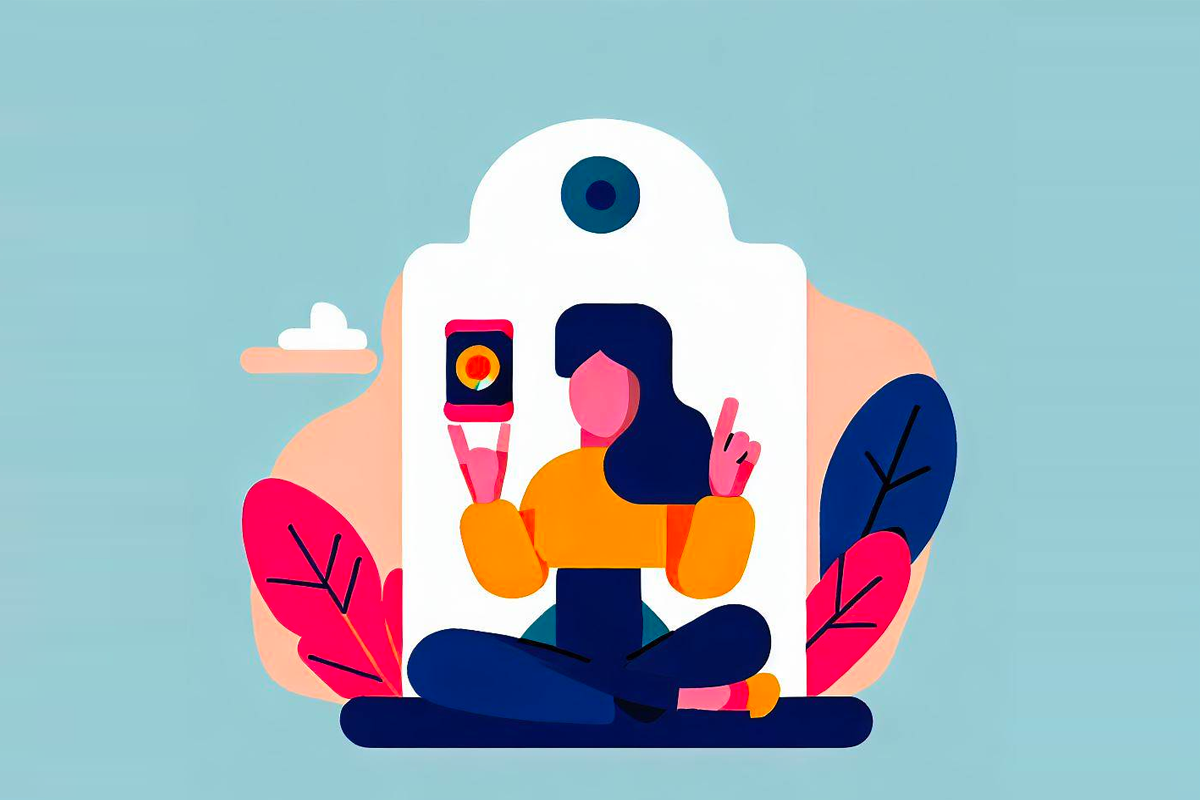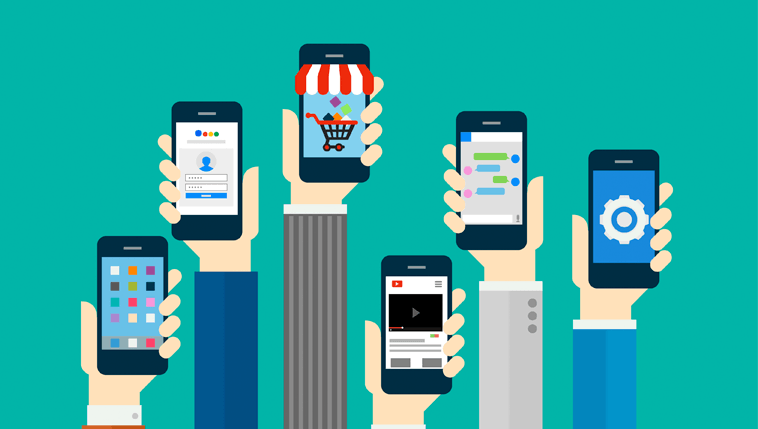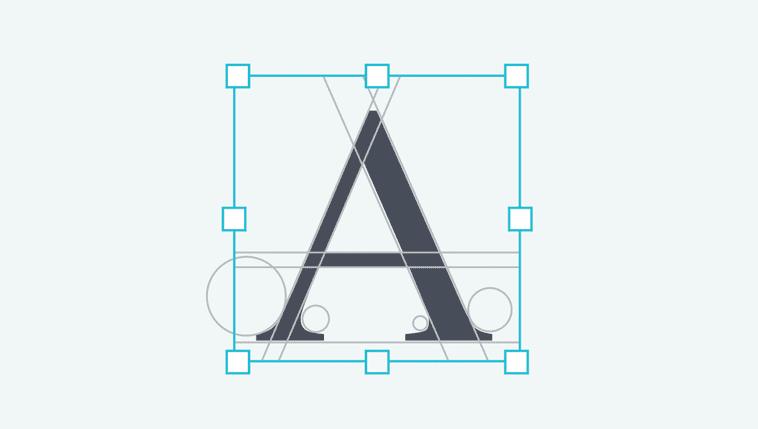
We’re all familiar with the influencer genre by now: being influenced to buy a trendy new product, try a new recipe, follow a fitness routine, and much more. But have you heard of de-influencing?
Where does de-influencing come from?
Influencing has essentially always existed if you think about it. Since the dawn of time, humans have needed to find voices in society that resonate with them and endorse emerging trends.
Just look at how we’ve elevated historical figures, simply because we found credibility in them. With the rise of mass media and later digital platforms, influencers today can be viewed similarly in terms of their societal status.
The same influencers who have the credibility to push us toward a new product also naturally possess the authority to push us in the opposite direction — away from a product.
A critical perspective on current trends
This is called de-influencing, a trend that has gained momentum particularly with the soaring popularity of TikTok.
In fact, there’s even a hashtag, #deinfluencing, that ensures users know what to expect when clicking on a TikTok video or an Instagram post. It often presents a critical view of a product, brand, or trend that might have gained massive success through other influencers.
In the end, it’s a bit like a negative review on TrustPilot, advising other consumers not to invest in a particular product or service.
Emphasis on credibility
De-influencing can be seen as a counter-trend to the numerous voices on social media that seemingly have no problem loudly promoting products that don’t live up to their promises.
In other words, due to a lack of credibility on social media, many influencers are fighting back against the tendency to commercialize false promises for personal gain.
End of overconsumption
Additionally, there are trends within the de-influencing genre that promote a less consumer-oriented lifestyle, focusing on buying less and appreciating what you already own.
For example, you’d never find a so-called de-influencer or content creator under the hashtag #deinfluencing happily promoting the shopping platform TEMU, which, like many others, has been criticized for its negative impact on consumer culture, driven by the overproduction of cheap products that heavily pollute the environment.
Instead, this de-influencing trend aims to steer social media users away from a culture built on endless consumption, with little thought for its impact on the environment or even our mental well-being.
The future of de-influencing?
De-influencing is a relatively new genre on social media, but it has great potential to grow. As consumers, we are becoming more aware of how our consumption impacts the planet, and we are better at discerning which products and trends are actually beneficial.
Nonetheless, there is a growing need for a more sustainable influence on social media and in the promotion of new products. I can only imagine that de-influencing will become an even bigger trend, with more consumers wanting to be pushed toward sustainable choices than what we’ve seen so far.













Comments